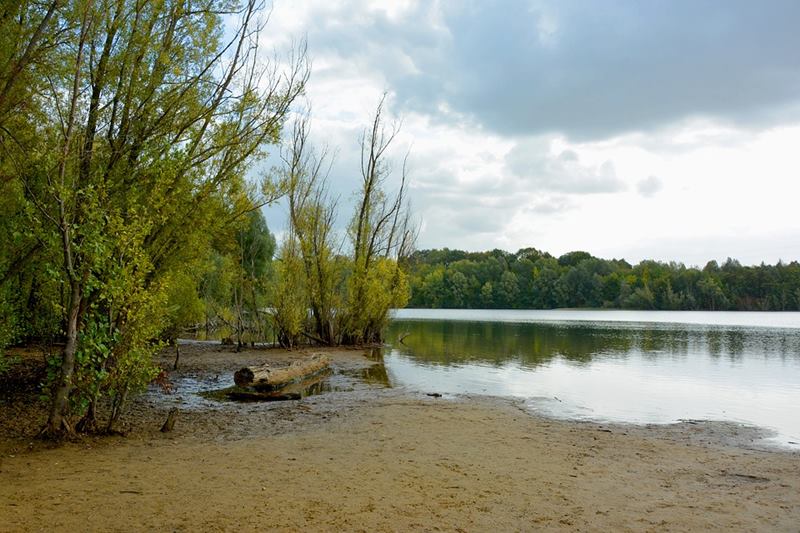The Mumbai Metropolitan Region (MMR) is all set to get its first Ramsar site. The Maharashtra Mangrove Cell, that was created by the state government in 2012, to protect, conserve and manage the mangroves in the state, has proposed that the Thane Creek Flamingo Sanctuary (TCFS) be made a Ramsar site. This was announced by Virendra Tiwari, the additional principal chief conservator of forests of mangrove cell on the occasion of International Day for Conservation of Mangroves yesterday, on July 26.
A Ramsar site is a wetland site designated to be of international importance under the Ramsar Convention, which is an intergovernmental environmental treaty established in 1971 by UNESCO, and came into force in 1975. It provides for national action and international cooperation regarding the conservation of wetlands, and wise sustainable use of their resources.
“A proposal to declare Thane creek as a Ramsar site has been submitted and we are working on it with the Maharashtra Environment department. We are waiting for its approval by the State Wetland Authority, headed by the Environment Minister Aaditya Thackeray, and closely working with the environment department on this for its speedy approval. Following this, it can be sent to the central government,” Tiwari announced.
"We are also working on a very ambitious plan on getting #ThaneFlamingoSanctuary declared as a #Ramsar site. We are closely working with @MahaEnvCC for this" @vrtiwari1 @MangroveForest @AUThackeray #MahaClimateVoices#InternationalMangroveDay pic.twitter.com/8MJ5f5rUgI
— Virat A Singh (@tweetsvirat) July 26, 2021
This proposal was set forth during the fourth Climate Resilient Maharashtra Townhall organised by Climate Voices — a collective of three organisations Purpose, Asar and Climate Trends — along with the Maharashtra Environment and Climate Change Department’s Majhi Vasundhara, a unique initiative, to encourage active participation from urban and rural areas to come up with climate change initiatives and innovations.
To preserve and protect all wetlands in the state
“We will be looking at all the wetlands (even those that may have been left out) for our latest inventory in an attempt to protect as many wetlands as possible across Maharashtra. The minister is already planning to meet with collectors from all districts in the state to conduct a fresh exercise to identify and demarcate wetlands which are left out. We will be setting up a taskforce to get this done at the earliest,” said Manisha Patankar-Mhaiskar, principal secretary of Maharashtra Environment and Climate Change Department.
Also Read: All creatures great and small: The wetlands are home to a humming eco-system
Rejuvenation of mangroves
The importance of mangroves and wetlands cannot be emphasised enough, given the impact of flooding witnessed across the state. The rain-related incidents reportedly claimed 192 lives. Raigad, Kolhapur and Satara districts are most affected by the extremely heavy downpour in the past one week. Rescue operations are still underway.
"We will ensure protection to all existing #mangroves & also plant mangroves whrevr possible to develop an 'Emerald Necklace' arnd #Mumbai & #MumbaiMetropolitanRegion" Manisha Mhaiskar Principal Secretary @MahaEnvCC #MahaClimateVoices @AUThackeray #InternationalMangroveDay pic.twitter.com/hnAMgxAxHr
— Virat A Singh (@tweetsvirat) July 26, 2021
“Along with the Mangrove Cell, we will also ensure protection to all existing mangroves and also plant mangroves wherever possible to develop an ‘Emerald Necklace’ around Mumbai and the MMR. This will not only act as a barrier against flooding but also save this region from extreme weather events,” said Mhaiskar.
Need to protect existing wetlands
The Town Hall was attended by several experts including Afroz Ahmad, Member, National Wetland Committee, Ministry of Environment and Climate Change, Gayatri Singh, senior advocate, and Roxy Koll, senior scientist from Indian Institute of Tropical Meteorology-Pune.
Saying that the Maharashtra government has failed in its commitment to protect wetlands, Gayatri Singh said that all wetlands needed to be restored irrespective of whether they were man-made or natural, and this had to be done on priority.
"In #Mahrashtra thr has been destruction of #Wetlands despite orders pristine wetlands are being destroyed. We wud like to understand what #Maharashtra Govt is planning to do to protect wetlands," Gayatri Singh, Senior Advocate #MahaClimateVoices #InternationalMangroveDay pic.twitter.com/zPkHNEpOBo
— Virat A Singh (@tweetsvirat) July 26, 2021
“Existing wetlands also need to be protected by developing a brief documentation. Strict action needs to be taken against officials who have allowed violation of wetland rules, and a nodal agency needs to be set up primarily focussing on wetland conservation,” Singh recommended.
During the Town Hall, experts urged the use of science to identify and protect crucial mangrove patches and wetlands from the perspective of climate resilience. They also suggested citizens should be encouraged to file complaints highlighting cases of mangrove and wetland destruction. The documentation of wetlands ought to be done every six months, they said.


















